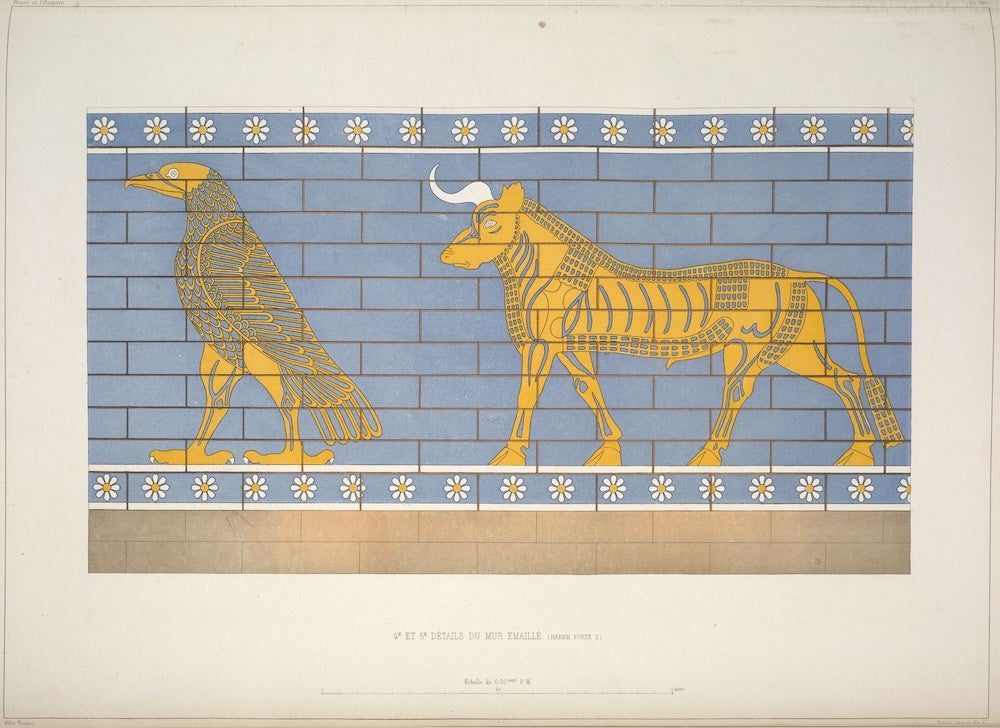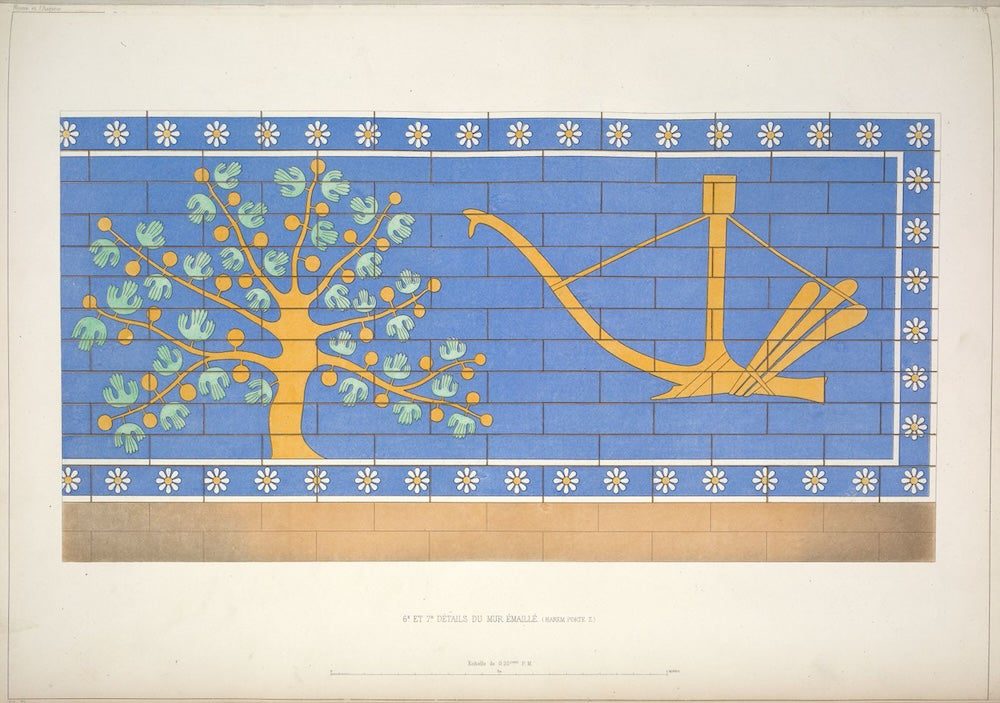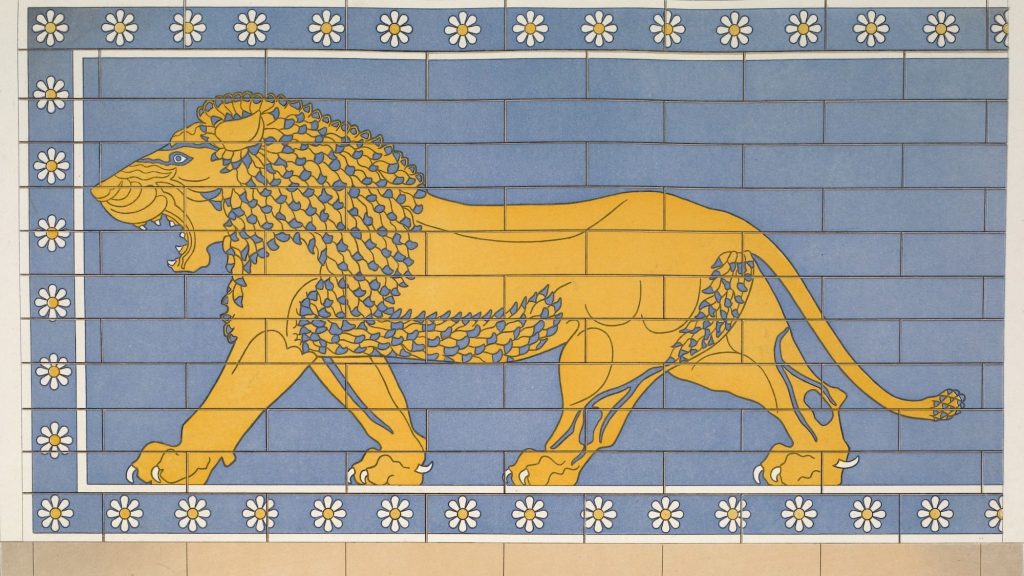An expert believes that the repeating mystery images from ancient times might have been King Sargon II's way of promoting his name throughout the town, based on a century of struggle to understand the images.
Sargon II, the ruler of the Neo-Assyrian empire from 721-704 BCE, was in charge of large parts of ancient Mesopotamia and was considered a great military strategist of his era. ancient Mesopotamia, is considered one of the era’s greatest military strategists, and by the time of his death in 705 BCE, he had either conquered or neutralized all his major political threats. This accomplishment was celebrated by establishing a new Assyrian capital in present-day Khorsabad, Iraq, called Dūr-Šarrukīn, or “Fort Sargon,” in 706 BCE.
During excavations of the city in the late-nineteenth century, a series of five symbols were found repeated across multiple temples throughout Dūr-Šarrukīn—a lion, an eagle, a bull, a fig tree, and a plow. In some cases, however, there is similar art using just the lion, tree, and plough. Despite their resemblance to Egyptian hieroglyphic symbols, the Assyrian empire during Sargon II’s reign had long used non-pictorial cuneiform for written communication. This has led researchers to theorize about what the five total images might represent. Due to Sargon II’s regal ego, historians had previously guessed that the art could potentially represent his name in some form, but were unsure of how that could be the case. Egyptian hieroglyphics, the Assyrian empire during Sargon II’s reign had long utilized their non-pictorial cuneiform for written communication. Because of this, researchers have spent years theorizing about what the five total images might represent. Given Sargon II’s regal ego, historians have previously surmised the art could potentially represent his name in some form, but weren’t clear how that could be the case.

Trinity University professor Martin Worthington said, “The study of ancient languages and cultures is full of puzzles of all shapes and sizes, but it’s not often in the Ancient Near East that one faces mystery symbols on a temple wall,” in a recent statement.
In a recent paper published in the Bulletin of the American Schools of Oriental Research, Worthington argues that the five images, when sounded out in ancient Assyrian, approximate “šargīnu,” or Sargon. Even when just the trio of pictures appears, their combination phonetically still resembles a shortened form of “Sargon.” Combined with the religious undertones of Assyrian constellations, Worthington contends the king was intent on making sure everyone knew just how great and powerful he was.
In his new paper’s abstract, he writes, “The effect of the symbols was to assert that Sargon’s name was written in the heavens, for all eternity, and also to associate him with the gods Anu and Enlil, to whom the constellations in question were linked. It is further suggested that Sargon’s name was elsewhere symbolized by a lion passant (pacing lion), through a bilingual pun.
How cryptographers finally cracked one of the Zodiac Killer’s hardest codes.]
“[It was] a clever way to make the king’s name immortal,” Worthington added through Trinity University’s announcement. “And, of course, the idea of bombastic individuals writing their name on buildings is not unique to ancient Assyria.”

It's difficult to say for certain that these were Sargon’s regal brag banners since the ancient metaphors don't have specific language references. The cuneiform used at the time didn't use literal pictures, and there is no codex available to match the temple art with any translation. However, Worthington believes that the underlying logic and Assyrian cultural reference points make a compelling argument.
“I can’t prove According to Worthington, it seems highly suggestive that the theory works for both the five-symbol sequence and the three-symbol sequence, and that the symbols can also be understood as culturally appropriate constellations. The chances of it all being coincidental are very unlikely.









